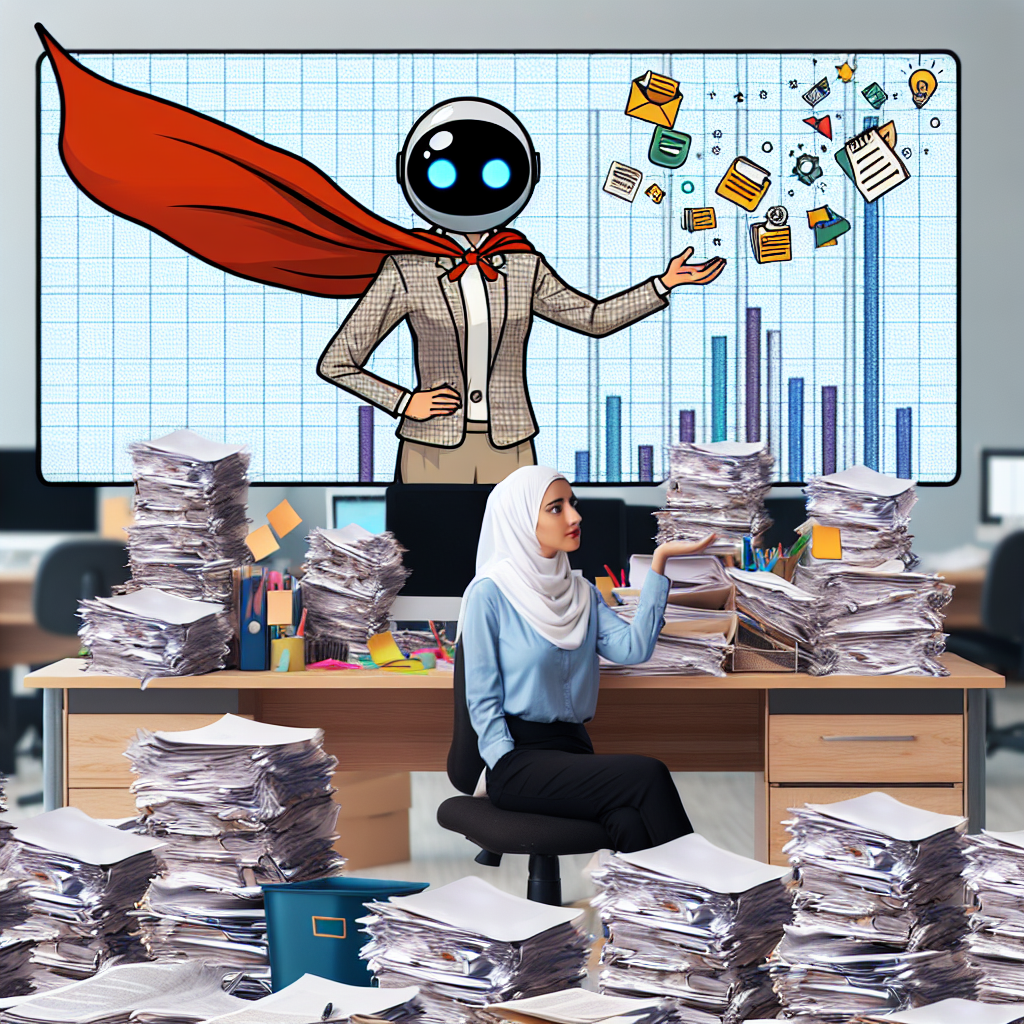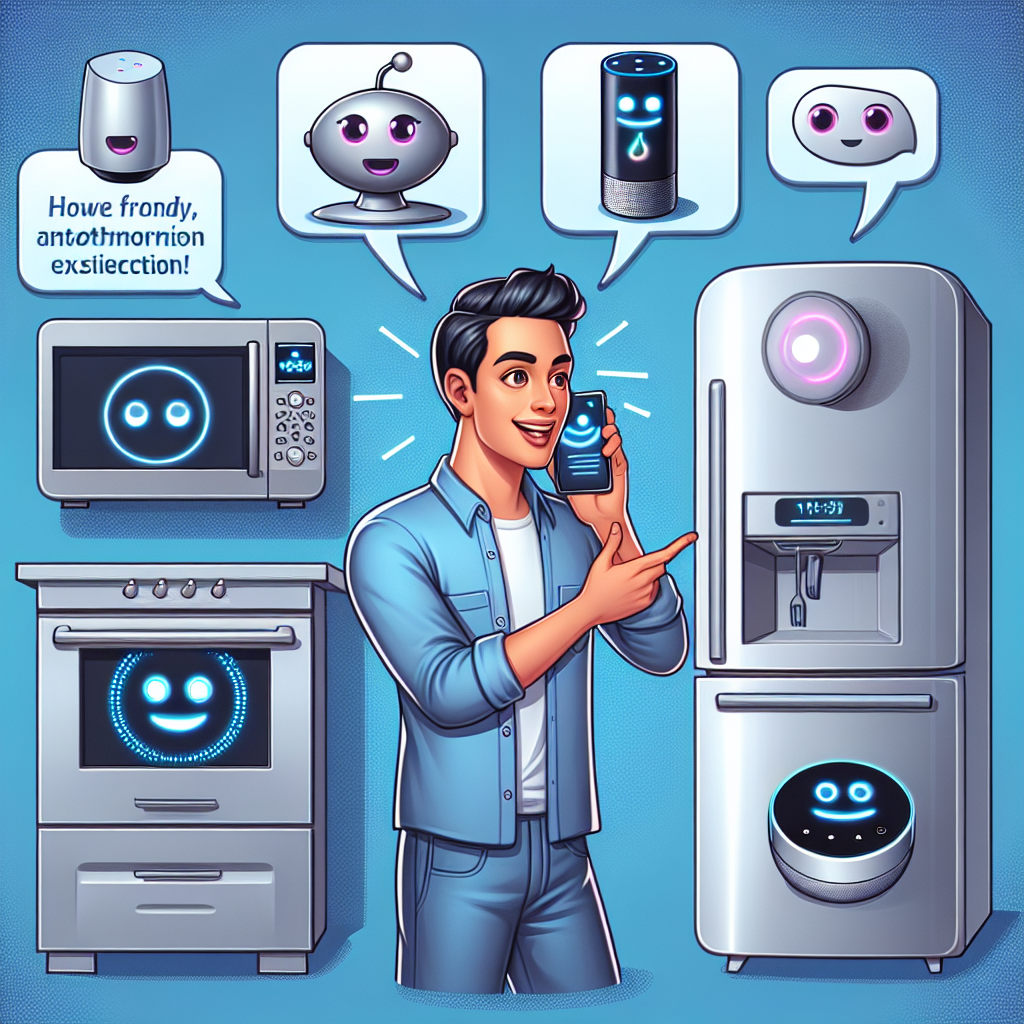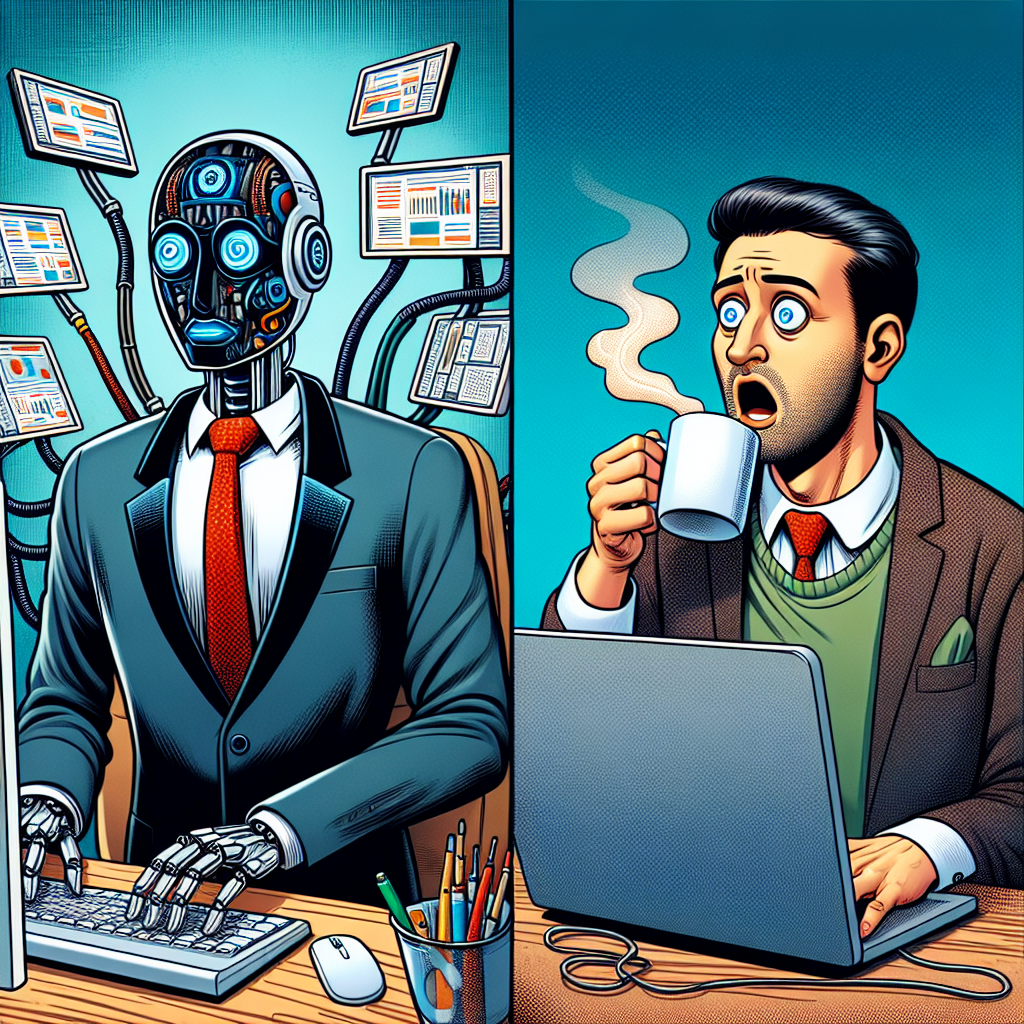Remember when creating tech solutions required a computer science degree and enough caffeine to fuel a rocket launch? Those days are officially over, folks! Thanks to AI SaaS Creation Platforms, your technologically-challenged neighbor (yes, the one who still prints out emails) can now build AI tools that actually work. The digital revolution has finally become accessible to the masses, and it’s about as complicated as ordering a pizza online.
Think I’m exaggerating? Picture this: your grandma, who still refers to Facebook as “The Facebook,” creating her own AI assistant without calling you for tech support. That’s not science fiction anymore—that’s Tuesday afternoon with modern AI SaaS Creation Platforms. These user-friendly systems have democratized technology development, turning complex coding challenges into simple drag-and-drop adventures that anyone can navigate.
As one small business owner put it: “I went from asking my nephew to fix my printer to building an AI that manages my entire customer service system. My nephew is now asking ME for tech advice!” That’s the kind of world-flipping magic we’re talking about here.
Your Digital Clone: Taking Coffee Breaks While AI Does the Work
Let’s be honest—nobody wakes up excited to tackle data entry or sort through hundreds of emails. With AI Applications designed for enhanced productivity, you don’t have to. These digital workers handle the mind-numbing tasks while you focus on what humans do best: creative thinking and extended coffee breaks.
Customizable AI Digital Workers are essentially your professional clones, minus the need for lunch breaks or motivational pep talks. They can process documents, respond to routine inquiries, and even generate reports while you’re busy doing literally anything else more interesting. According to recent studies, businesses implementing AI automation save an average of 15-20 hours per week per employee—that’s practically a part-time vacation!
One entrepreneur shared: “My AI assistant handles my email inbox, schedules meetings, and even drafts responses to common questions. It’s like having an employee who never complains about Monday mornings or asks for raises.” Now that’s what I call workplace harmony!
No Rocket Science Degree Required: Low-Code Platforms for the Rest of Us
Remember trying to program your VCR in the 90s? Creating AI tools used to be even more complicated than that—until Low-Code Platforms entered the chat. These platforms have transformed the development process from “rocket science” to “making toast” level of difficulty.
With intuitive drag-and-drop interfaces and pre-built components, creating sophisticated AI applications is now accessible to people whose technical expertise stops at setting up a WiFi password. These platforms offer visual development environments where users can assemble applications by connecting components rather than writing thousands of lines of code.
“I couldn’t code my way out of a digital paper bag,” admits a small business owner who recently built a customer prediction tool. “But with these low-code platforms, I created an AI application that analyzes purchasing patterns and predicts inventory needs. My tech-savvy competitors think I hired a development team!“
The beauty of these platforms lies in their ability to translate complex technical concepts into visual building blocks. You don’t need to understand the neural networks behind machine learning algorithms—you just need to know what problem you’re trying to solve. The platform handles the complicated stuff behind the scenes, like a digital magician performing technological wizardry while you take all the credit.
Teamwork Makes the Dream Work: Intelligent Collaboration Tools
Remember when collaboration meant endless email chains and confusion about which version of a document was the latest? Intelligent Collaboration tools powered by AI have transformed teamwork from chaotic to coordinated, ensuring everyone stays on the same page—or at least in the same book.
These AI Applications facilitate seamless communication, automatically organize information, and even predict what resources team members might need next. They’re like having a super-efficient project manager who never sleeps and doesn’t micromanage your coffee breaks.
“Our team used to waste hours trying to coordinate schedules and share updates,” says the founder of a marketing startup. “Now our AI collaboration tool handles all that automatically. It even flags potential conflicts and suggests solutions before we hit problems. It’s like having a crystal ball for project management!”
What makes these tools truly revolutionary is their ability to learn and adapt to your team’s specific workflows. The more you use them, the smarter they get—unlike that intern who still can’t remember how you take your coffee after six months.
Your New Best Friend: Personal Use AI Products
AI isn’t just transforming how we work—it’s changing how we live. Personal Use AI Products have moved beyond business applications to become our digital companions in everyday life, from managing finances to improving our health.
Imagine having a personal nutritionist who knows exactly what’s in your refrigerator, a fitness coach who understands your hatred of burpees, or a budget advisor who gently reminds you that you don’t need another subscription service. These personalized AI assistants are making it happen without judgment (unlike your actual friends who definitely judge your shopping habits).
“I built a personalized meal planning AI that accounts for my allergies, what’s in my pantry, and even my weird hatred of bell peppers,” shares an enthusiastic home cook. “It generates shopping lists, suggests recipes based on what I already have, and has cut my food waste by 50%. Plus, it never tells me to just ‘eat a salad’ when I’m craving comfort food.”
The accessibility of these tools means you can create highly specialized AI applications tailored to your unique needs—whether that’s tracking your collection of vintage action figures or managing a complex medical condition. The possibilities are as endless as your imagination (and significantly more useful).
Better Than Cat Advice: AI Agent Technology for Decision-Making
Let’s face it—we all have that friend whose advice is questionable at best. AI Agent Technology offers something better: data-driven recommendations that actually make sense and improve over time.
These intelligent agents observe, learn, and adapt to provide increasingly personalized guidance. Unlike your cat, who offers the same solution (knocking things off shelves) for every problem, AI agents evolve with experience and feedback.
“I developed an AI agent to help me make investment decisions,” explains a freelance graphic designer. “It analyzes market trends, considers my risk tolerance, and suggests portfolio adjustments. Six months in, it knows my financial style better than my human financial advisor did after five years—and it doesn’t try to sell me insurance I don’t need!”
What makes these agents particularly valuable is their ability to process vast amounts of information without getting overwhelmed or distracted—unlike humans who can barely decide what to watch on Netflix after scrolling for 45 minutes. They consider factors we might overlook and identify patterns beyond human perception, making them invaluable partners in complex decision-making processes.
The Magic of Workflow Automation: Making Tasks Disappear
Remember in Harry Potter when Mrs. Weasley could wave her wand and the dishes would wash themselves? Workflow Automation with AI is basically that, but for your work life. These tools make daily tasks vanish into thin air, saving time and reducing errors that happen when humans get bored or distracted.
“I created a workflow automation for my invoicing process,” says a freelance photographer. “What used to take me three hours every week now happens automatically while I sleep. My clients get their invoices faster, I get paid sooner, and I’ve eliminated the errors I used to make when rushing through the process manually. My accountant thinks I’ve hired an assistant!”
The real magic happens when these automated workflows learn and improve over time. They identify bottlenecks, suggest optimizations, and adapt to changing conditions without requiring constant reprogramming. Your boss might think you’ve discovered the secret to immortality when you suddenly complete twice as much work with half the effort!
Even Your Technophobe Uncle Can Use These: User-Friendly AI Tools
We all have that relative who still prints MapQuest directions and refuses to use self-checkout. User-Friendly AI Tools are breaking down these technological barriers, making advanced capabilities accessible even to the most determined technophobes.
With intuitive interfaces, conversational interactions, and helpful guidance, these tools meet users where they are rather than demanding advanced technical knowledge. They’re designed with actual humans in mind—not just the tech-savvy ones who’ve been coding since kindergarten.
“My 78-year-old father built an AI tool that catalogs his extensive vinyl record collection,” shares a proud daughter. “This is a man who used to call me to ask how to copy and paste, and now he’s created a sophisticated database that identifies missing albums in collections and tracks market values. He’s even showing it off to his retirement community friends!”
These user-friendly platforms emphasize visual elements over code, natural language over technical jargon, and guided processes over complex documentation. The result is technology that works for everyone, not just those with technical backgrounds.
From Inventor to Entrepreneur: Sharing and Selling AI Products
Remember when having a side hustle meant driving for Uber or selling crafts on Etsy? The AI revolution has created entirely new entrepreneurial opportunities for everyday people who create solutions to common problems.
Many AI SaaS Creation Platforms include marketplaces where users can share and sell their creations, turning personal solutions into profitable products. This has fostered an environment where innovation is rewarded and good ideas can spread quickly.
“I built an AI tool to help me manage my son’s sports schedule—coordinating carpools, tracking equipment needs, and managing team communications,” explains a busy parent. “Other parents kept asking to use it, so I listed it on the platform’s marketplace. It now generates enough monthly income to cover my mortgage payment, and I’ve connected with users worldwide who suggest improvements and new features.”
This democratization of entrepreneurship means good ideas can come from anywhere—not just tech hubs or venture-backed startups. The person who best understands a problem is often in the perfect position to create its solution, regardless of their technical background.
Beyond Trend to Lifestyle: AI Across Various Sectors
AI isn’t just another tech trend destined to fade like fidget spinners or Tamagotchis. It’s transforming fundamental aspects of how we live and work across numerous sectors.
In healthcare, personalized AI tools are helping patients manage chronic conditions, remember medications, and communicate more effectively with healthcare providers. In education, they’re creating customized learning experiences that adapt to individual students’ needs and learning styles. In retail, they’re revolutionizing inventory management and customer service.
“I developed an AI assistant for my classroom that provides individualized reading recommendations based on each student’s interests and reading level,” shares an elementary school teacher. “Students who previously avoided reading are now enthusiastically devouring books because the recommendations actually match what they care about, not just what’s on the standard curriculum.”
The transformative power of these tools comes from their ability to address specific, nuanced needs rather than offering one-size-fits-all solutions. When everyday people create tools for problems they intimately understand, the results are often more practical and effective than generic commercial products.
As we move forward, the line between AI creator and AI user will continue to blur. At Zygote.AI, we believe that everyone has valuable ideas worth developing, and our mission is to provide the platform where those ideas can become reality—no coding required. Whether you’re looking to streamline your personal workflow, boost your team’s productivity, or launch the next game-changing business, the power to create effective AI tools is now literally at your fingertips.
So what are you waiting for? Your grandmother is probably already building her AI knitting pattern generator while you’re still reading this article!









